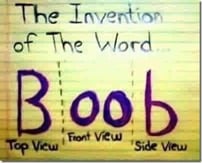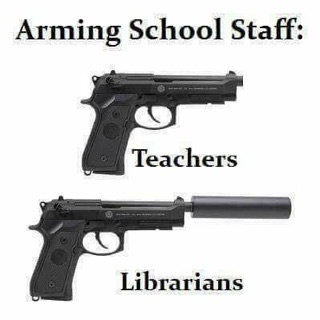 You own a four-unit strip commercial center that was 100% vacant just three years ago. You hired a superb leasing agent, who convinced you to offer one year's free rent upon the execution of a five-year lease. Your strip center quickly leased up, and it is now 100% leased to a liquor store, a karate studio, a nail salon, and a Sports Clips (barber shop for men). Each unit now pays you $3,000 per month. Life is grand.
You own a four-unit strip commercial center that was 100% vacant just three years ago. You hired a superb leasing agent, who convinced you to offer one year's free rent upon the execution of a five-year lease. Your strip center quickly leased up, and it is now 100% leased to a liquor store, a karate studio, a nail salon, and a Sports Clips (barber shop for men). Each unit now pays you $3,000 per month. Life is grand.
Driving around town, you see another strip center in a decent area that is also 100% vacant. You huddle with your superstar leasing agent. Could we recreate the miracle? Could we buy this vacant strip center on the cheap and lease it up? Your leasing agent says yes.

Because the new strip center is 100% vacant, you know that the bank will require a whopping 50% downpayment. You propose to the bank to use your existing strip center as collateral for a $1.34 million new loan.
At first the bank commercial real estate loan officer is all positive about the deal. Your center is 100% leased at $12,000 per month triple-net. After a 5% Reserve for Vacancy and Collection Loss, and after a 3% Reserve for Replacements and a 6% Property Management Fee, the property's Net Operating Income (NOI) is a handsome $124,488. Capped at 6.5%, the property should appraise $1,915,000. Therefore your $1.34 million loan request would be 70% loan-to-value, which should be acceptable to the bank.

But the commercial loan officer at the bank has found a problem. Yeah, the Actual Rent on your existing strip center is currently $12,000 per month, but you had to give away a whole year's rent to convince your tenants to move into your center! The Effective Rent for your strip center is materially less than $12,000 per month.
The Effective Rent of a commercial property is the remaining rent, after deducting any rental concessions, such as free rent periods or larger than usual tenant improvement allowances.

So let's compute the Effective Rent for our existing strip center. We do this by averaging the annual rent over the five year term. In year one, the landlord received zero dollars. In years two through five, the landlord earns $144,000 per year. ($3,000 per month per unit times four units times twelve months in a year.) Zero plus $144,000 plus $144,000 plus $1444,000 plus $144,000 equals $576,000. That is the total rent over the five-year term of the lease. Dividing $576,000 by five gives us an Effective Rent of only $1,152,000 per year!

Therefore our strip center really isn't worth $1,915,000. If we take off 5% for Vacancy and Collection Loss, and if we take off 3% of Effective Gross Income for Reserves for Replacement and 6% of Effective Gross Income for Property Management, we get a Net Operating Income (NOI) of just $995,904. Capped at 6.5%, our strip center is only worth $1,532,000 - not the $1,915,000 computed above.

Now here is an interesting question. You're a commercial loan broker, commercial broker, or property owner preparing a Pro Forma Operating Statement for submission to the bank. Do you use Actual Rents or Effective Rents? A good argument can be made that you should use the Actual Rents (which are higher than the Effective Rents). The bank and the appraiser will eventually be given copies of the leases. Let the bank or the appraiser catch and compute the Effective Rent. Your position could be that rents have increased since you first negotiated the leases with the free rent period and that the Actual Rents now reflect the current market.










